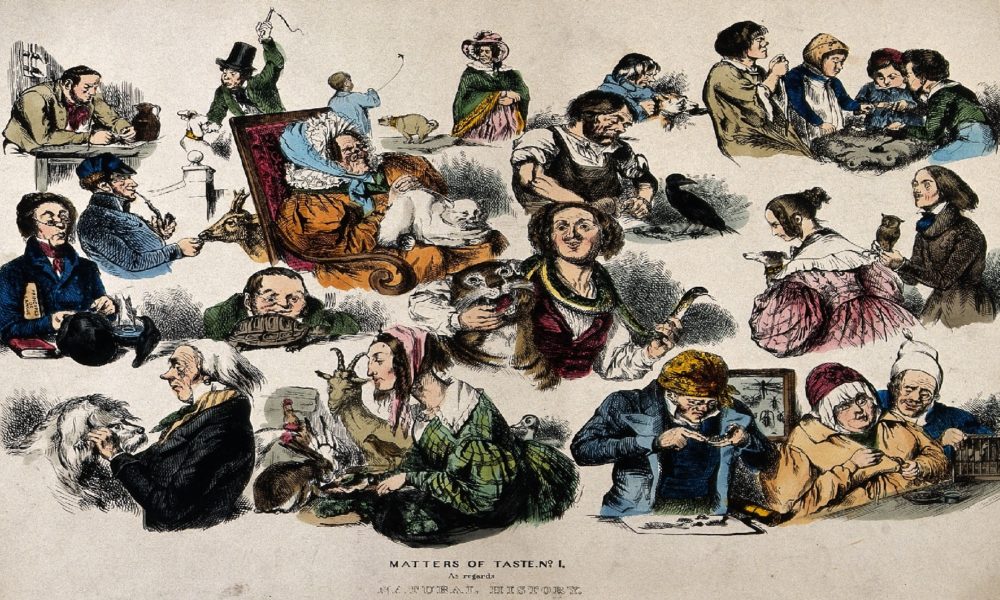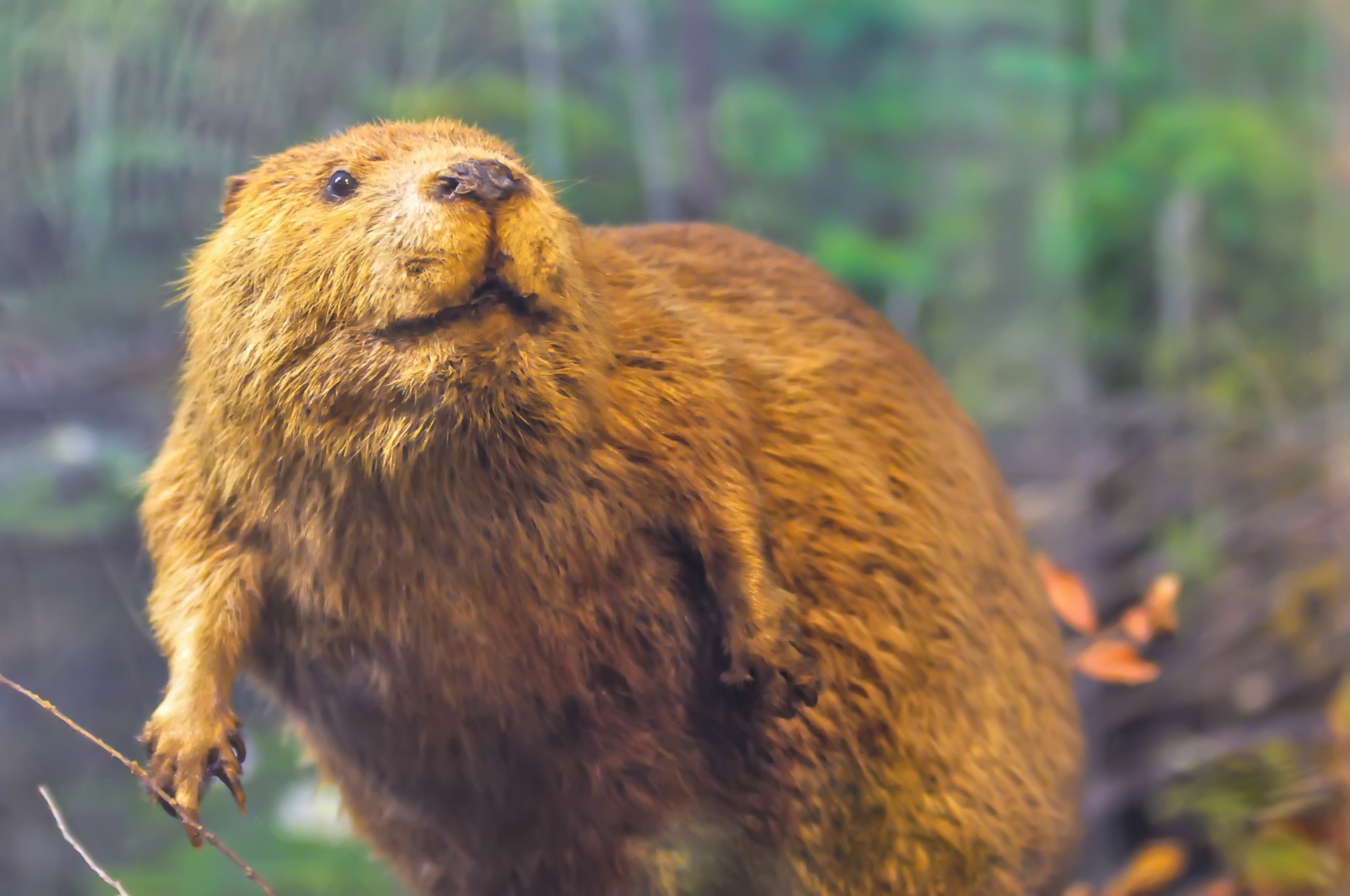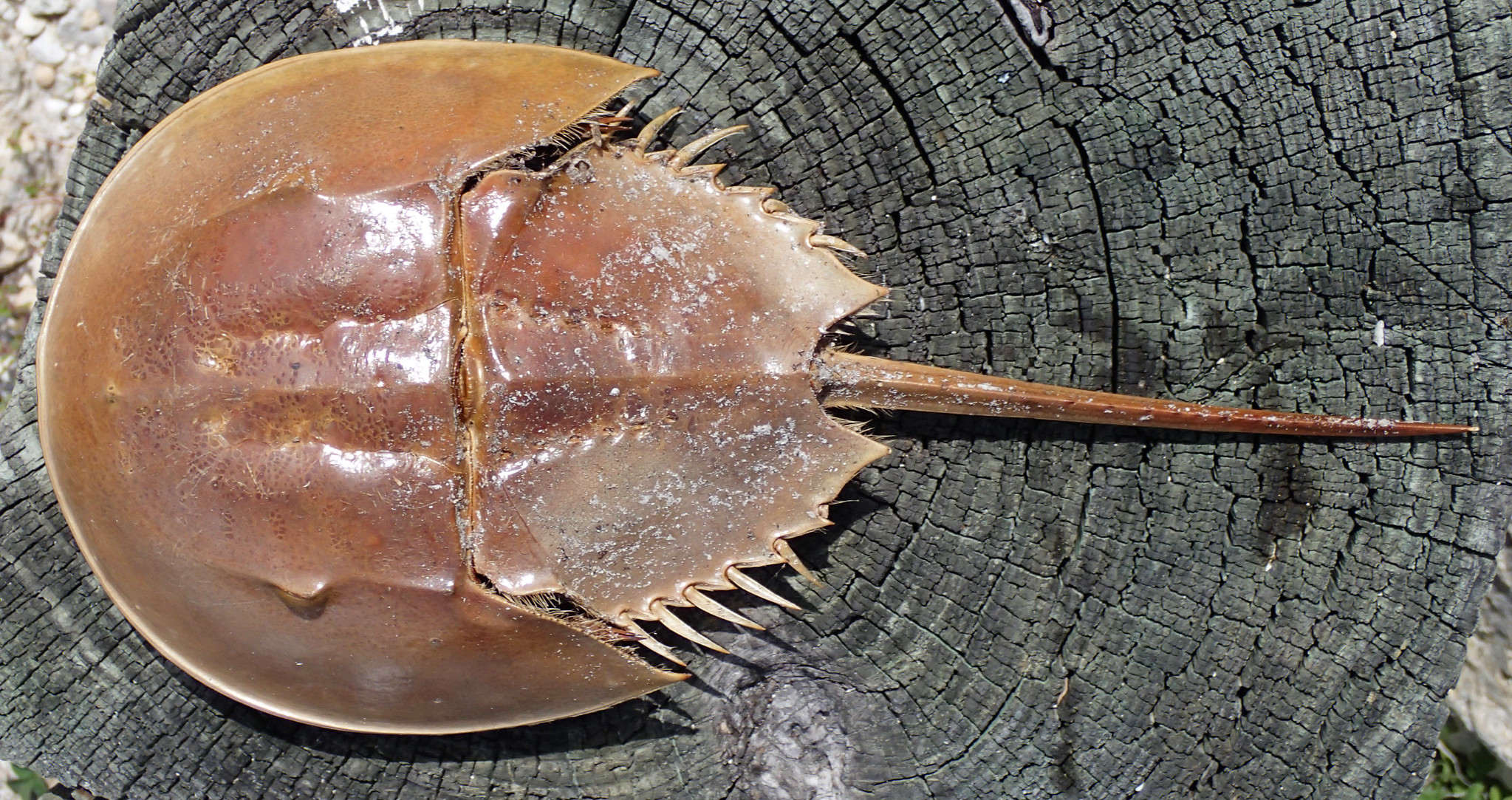
Nature’s Allies: How Animals Have Always Helped Humanity
From pollinators to protectors, animals have always helped shape and sustain our world.
Since the dawn of humanity, animals have walked alongside us, not just as companions or sources of food but as essential partners in maintaining the health of our planet and improving human life. From the wild wolves of ancient forests to the bees buzzing through our modern gardens, animals have long played a vital role in supporting ecosystems. They have sustained agriculture, and even advanced human health and knowledge. On a deeper level, they remind us of our place within the natural world and the interdependent web of life that has evolved over millions of years.
In every corner of the globe, animals – wild and domesticated – have been quietly making the world a better place.
The Unsung Heroes: Wild Animals and Their Ecosystem Services
Wild animals are often overlooked as direct benefactors to humanity, yet their contributions are essential and often irreplaceable. Take bees, for example. These tiny pollinators are responsible for pollinating about 75% of the world’s food crops including fruits, vegetables, nuts, and seeds. Without them, much of what we eat would disappear, threatening global food security.
Similarly, bats, often misunderstood and feared, are ecological powerhouses. Not only do they pollinate plants like bananas and agave, but they also control pest populations. According to Bat Conservation International, a single bat can eat up to 1,000 mosquitoes in one hour, reducing the spread of diseases like malaria and dengue.
In the ocean, whales are crucial to marine health. When whales dive and surface, they bring nutrients up from the deep sea through a process called the “whale pump.” These nutrients stimulate the growth of phytoplankton, microscopic plants that absorb an estimated 40% of all CO₂ produced worldwide and contribute more than half of Earth’s oxygen. Whales, in essence, help us breathe and fight climate change.
Animal Architects and Environmental Stewards
 Some animals actively shape their environments in ways that benefit other species, including humans. Beavers are a great example. By building dams, they create wetlands that store fresh water, reduce flooding, recharge groundwater, and provide habitats for countless other species. The Beaver Institute affirms that these wetlands “are among the most biologically productive ecosystems in the world, comparable to coral reefs and rainforests.”
Some animals actively shape their environments in ways that benefit other species, including humans. Beavers are a great example. By building dams, they create wetlands that store fresh water, reduce flooding, recharge groundwater, and provide habitats for countless other species. The Beaver Institute affirms that these wetlands “are among the most biologically productive ecosystems in the world, comparable to coral reefs and rainforests.”
Elephants, too, are known as “ecosystem engineers.” In African savannas, they knock down trees that would otherwise turn grasslands into forests, preserving the biodiversity of these unique landscapes. DiscoverWildScience states that they also dig for water during droughts, creating access points for other animals and even humans in desperate times. And “over time, these watering holes can become permanent features, reshaped and maintained by generations of elephants. They create microhabitats that support a stunning variety of life, transforming lifeless ground into a bustling hotspot of biodiversity.”
From Wild to Domestic: The Human-Animal Partnership
Over time, humans began domesticating animals, and this partnership further enriched both our lives and the natural world. One of the earliest known examples is the dog. They were domesticated from wolves approximately 20,000 to 40,000 years ago, based on current genetic and archaeological evidence. Dogs not only helped with hunting and protection, but they also offered emotional support and companionship. Their keen sense of smell has since been harnessed for search-and-rescue missions, detecting explosives, and even identifying certain types of cancer.
Horses revolutionized transportation, agriculture, and communication. Before cars and tractors, horses plowed fields, carried goods, and allowed civilizations to expand. Their domestication around 3500 BCE in the Eurasian Steppe changed human history. In many cultures, horses still provide sustainable transport and farming support, especially in regions where mechanized options are limited.
Let’s not forget the humble cow. Beyond providing milk, meat, and leather, cows historically powered mills and plows, transforming agricultural production. And in many developing countries today, cow dung is still used as a renewable cooking fuel and natural fertilizer.
Animals in Medicine and Science

Limulus polyphemus (Atlantic horseshoe crab). Image by James St. John (flickr) CC BY 2.0 license
Throughout history, animals have also contributed to medical and scientific advances. One of the most famous examples is the horseshoe crab. Its blue blood contains a unique compound called Limulus amebocyte lysate (LAL), which clots in the presence of bacterial endotoxins. According to the American Association of Immunologists, this discovery has saved countless lives as LAL is “instrumental in assuring the safety of injectable drugs, implantable medical devices, and IV fluids. … It is still used today in clinical settings and to test drugs and vaccines for the presence of dangerous endotoxins before they are released.”
Leeches, once considered outdated in modern medicine, have made a comeback. Their saliva contains hirudin (acting as a powerful anticoagulant) and calin (preventing blood cells from clumping together), alongside hyaluronidase (enhancing tissue permeability) and bdellins (reducing inflammation), described in the article “The medicinal legacy of leeches,” published in the International Journal of Zoology Studies. These compounds improve blood flow and prevent clotting, making leeches invaluable in reconstructive surgery, skin grafts, and reattachment procedures.
Even mice, used extensively in laboratories, have played a crucial role in the development of everything from antibiotics to cancer therapies, helping scientists better understand human biology and disease.
The Emotional and Cultural Bond
Beyond tangible benefits, animals have inspired countless cultural traditions, stories, and spiritual beliefs. From the reverence of cats in ancient Egypt to the symbolic power of eagles in Native American culture, animals have offered humans guidance, identity, and meaning.
Moreover, studies consistently show the mental health benefits of interacting with animals. According to the American Psychiatric Association, pet ownership can reduce stress, ease loneliness, and improve overall well-being, particularly among the elderly, children, and people with mental health challenges.
Our Shared Future
The relationship between humans and animals has never been one-sided. Wild animals maintain the balance of ecosystems, domesticated animals support our livelihoods, and all animals remind us of the richness of life on Earth. As climate change and habitat destruction threaten animal populations globally, recognizing the profound ways animals benefit us is more important than ever.
We owe much of our progress and survival to the animal kingdom. In return, we must become better stewards of their future.
By respecting, protecting, and coexisting with the animals of this world, we are ultimately protecting the health and future of our own species – and the planet we share.

